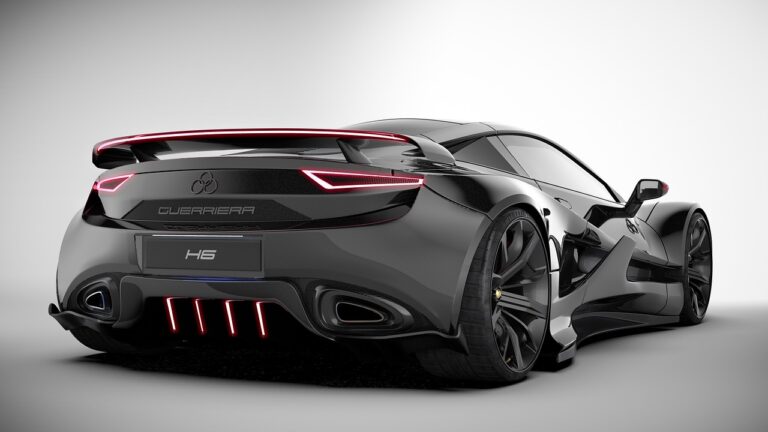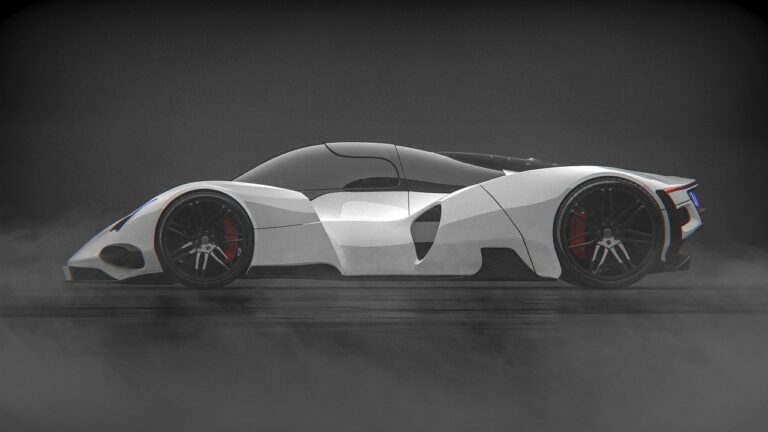The Impact of 3D Printing on Classic Car Restoration and Reproduction
3D printing technology, also known as additive manufacturing, is a revolutionary process that involves creating three-dimensional objects from digital models. The technique works by layering material on top of each other until the desired object is formed. One of the key advantages of 3D printing is its ability to produce complex geometries that would be challenging or even impossible to achieve using traditional manufacturing methods.
The versatility of 3D printing allows for the production of a wide range of objects across various industries, from intricate prototypes in the medical field to customized parts for aerospace applications. With advances in materials and printing techniques, 3D printing is continuously evolving to meet the demands of modern manufacturing processes. This technology has the potential to disrupt traditional manufacturing methods and offer new possibilities for design and production in the future.
Advantages of Using 3D Printing in Classic Car Restoration
One significant advantage of utilizing 3D printing technology in classic car restoration lies in the ability to recreate rare or obsolete parts with precision. Traditional manufacturing methods often struggle to produce unique components that fit seamlessly into vintage vehicles. By utilizing 3D printing, restorers can replicate intricate and custom parts that are no longer in production, ensuring the authenticity and functionality of classic cars.
Moreover, 3D printing offers a cost-effective solution for classic car restoration projects. Instead of relying on expensive tooling and specialized machinery for small batch production, 3D printing allows restorers to manufacture parts on-demand, reducing overall expenses and time constraints. This affordability aspect makes 3D printing an attractive option for enthusiasts looking to restore and preserve classic cars without breaking the bank.
What is 3D printing technology?
3D printing is a manufacturing process that creates a physical object from a digital design by layering material on top of each other.
How can 3D printing be used in classic car restoration?
3D printing can be used to create custom or hard-to-find parts for classic cars that are no longer in production.
What are the advantages of using 3D printing in classic car restoration?
Some advantages include the ability to create precise replicas of original parts, faster production times, and cost savings compared to traditional manufacturing methods.
Can 3D printed parts be as durable as traditional car parts?
Yes, depending on the material used in the printing process, 3D printed parts can be just as durable as traditional car parts.
Are there any limitations to using 3D printing in classic car restoration?
Some limitations include the size of the parts that can be printed, the quality of the material used, and the need for specialized equipment and expertise.





